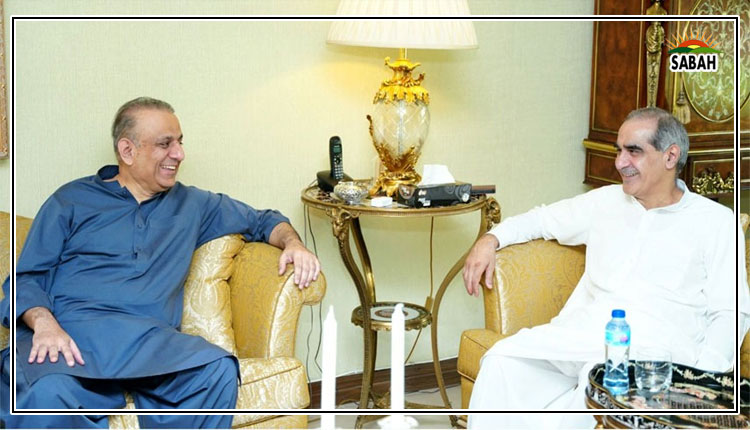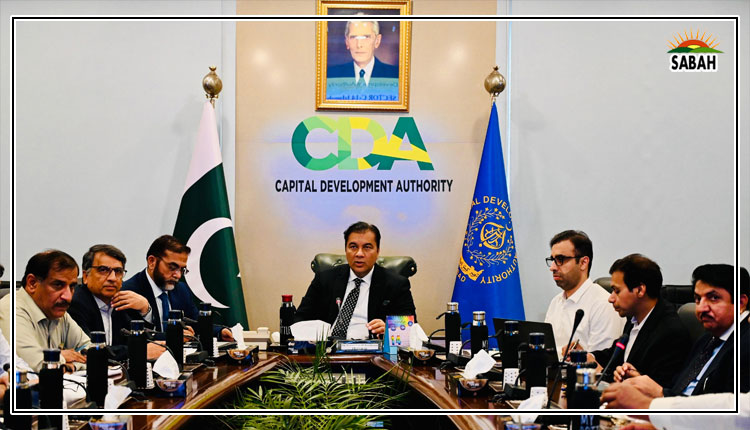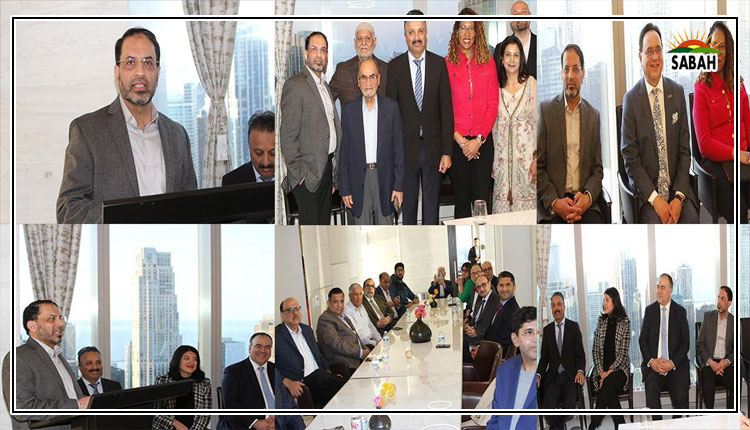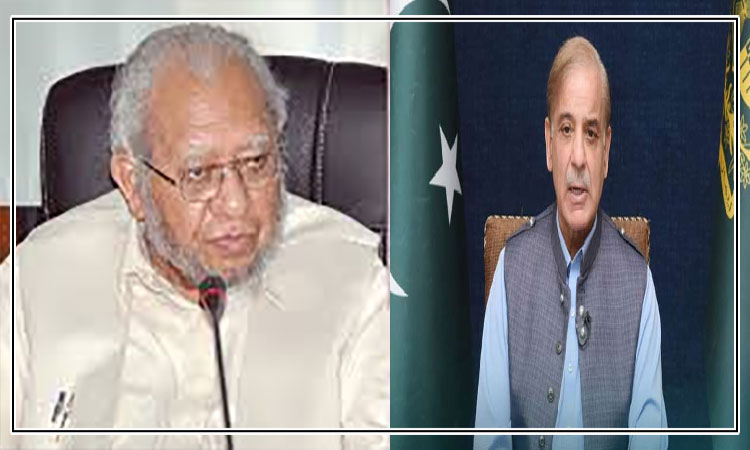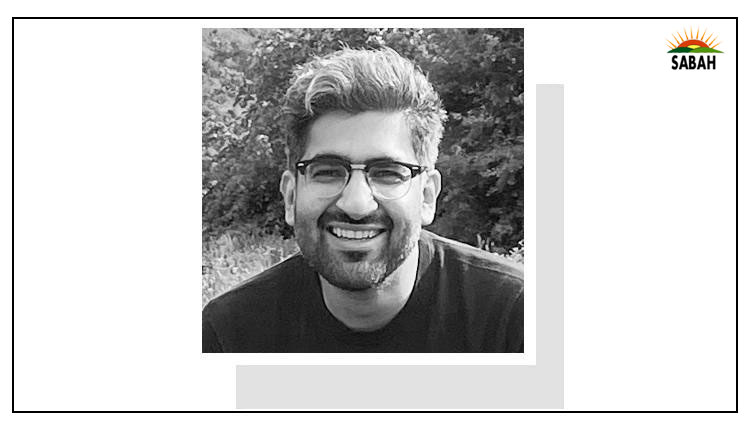Four key trends…Umair Javed
IN my last piece, I wrote about instability caused by states that do not respond to or reshape new demands and pressures from society. The most relevant example from Pakistan in recent years is a rising and disruptive new middle class segment with whom traditional mainstream parties, ie, the ones currently in government, have not found common ground.
Many segments of this white-collar class and their politics did not emerge on the social landscape overnight. They germinated over a longer period of time, through the combination of changes in the economy, the spread of certain worldviews (partly enabled by state-sponsored narratives), and factors of globalisation.
Are there other, deeper changes taking place that may signal a future source of disruption between state and society, and within different groups in society? I am sure there are several but it would be useful to focus on a few key ones two sociocultural and two socioeconomic.
The cultural indicators are about how people understand the world around them and the degree to which they are engaged with it. The first of these relates to consumption of information, especially among young people, who constitute a majority in the country. For this, we can turn to Table 40 of the last census, which reports that 60 per cent of households rely on TV and 97pc rely on mobile phones for basic information. The corresponding figures in 1998 were 7pc and 0pc respectively.
Are there other, deeper changes taking place that may signal a future source of disruption between state and society?
What this overwhelmingly young population is watching on TV or through their mobiles is something that we can never completely know. But what is clear is that a lot of information is being accessed, and a lot of ideas about politics, about religious beliefs, and about the rest of the world are circulating. Controlling or regulating this flow is an impossibility. Will it lead to an angrier population or a more passive one? A more conservative one or one with some transgressive tendencies? So far, the outcome leans more towards anger and conservatism.
Another slow but steady sociocultural transformation is the vanishing gender gap in higher education. Men and women between the ages of 20 and 35 have university degrees at roughly the same rate (about 11pc). Between 20 and 30, a slightly higher percentage of women have a college degree compared to men. And just two decades ago, womens higher education attainment in the same 20 to 35 age bracket was 3pc lower than men. This gap has been covered and there are strong signs that it will reverse in the other direction as male educational attainment stagnates.
What does a more educated female population mean for societal functioning? Will these capabilities threaten male honour (and patriarchy) in different ways? Will there be new types of gender politics and conflicts? And will the levee finally break in terms of the barriers that continue to prevent women from gaining dignified remunerated work? As in other unequal countries, Pakistani men hold a monopoly over economic benefits and public space. And they are unlikely to give these privileges up passively.
In the socioeconomic domain, there are also two things worth highlighting. The first is urban migration, not just in large metropolitan centres, but in smaller second- and third-tier cities as well. Fragmenting land holdings and climate change are compelling young men in particular to move to cities in large numbers. A 10-acre farm inherited by five brothers will lead to at least three seeking work outside of agriculture.
The official urbanisation rate may be at around 38pc but this is a significant underestimate. Many villages are now small towns, and small towns are now nothing less than large urban agglomerations. The perimeters of these urban areas are dotted with dense informal settlements that provide shelter often the only type available for working-class migrants.
Finally, the last trend is employment status in the labour force. In the last 20 years, the percentage of people earning a living through a daily/weekly/monthly wage (as opposed to being a self-cultivator, self-employed, or running a small business) has increased by 10pc. Much of this increase is taking place in the informal economy and that too in the services sector.
Starting your own business, however small, requires money, which most do not have. Getting higher-paying, formal-sector jobs first requires getting credentials and training, which again is beyond the budget of most. Large swathes of the working population will grind out a living by taking care of the needs of the better off fixing their cars, cleaning their houses, serving them food. Given the condition of the economy, this trend is unlikely to change.
Lets combine these four trends together. A young population consuming large amounts of media, including much that is polarising and regressive. A male population that is seeing very gradual but certain shifts in gender norms around access to education and maybe even employment in the future, posing a challenge to their masculinity. A population that is increasingly being pushed towards urban and peri-urban areas because of rural poverty. And a population that has little option but to find low-paying informal work in a highly unequal economy.
In 2018, there was only one party that had a relatively high proportion of candidates below the age of 35. It is a party that is adept at using social media and communicates its messaging primarily through it. It is a party that has highly masculine notions of honour as its central platform. And it is a party that did comparatively well in urban/peri-urban areas and informal settlements where rates of inward migration of low-skilled workers from surrounding rural areas is higher. That party was the TLP.
The writer teaches politics and sociology at Lums.
Twitter: @umairjav
Courtesy Dawn, July 24th, 2023



